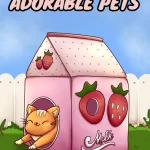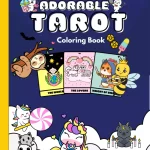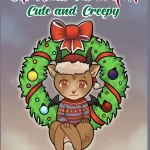Physical Address
304 North Cardinal St.
Dorchester Center, MA 02124

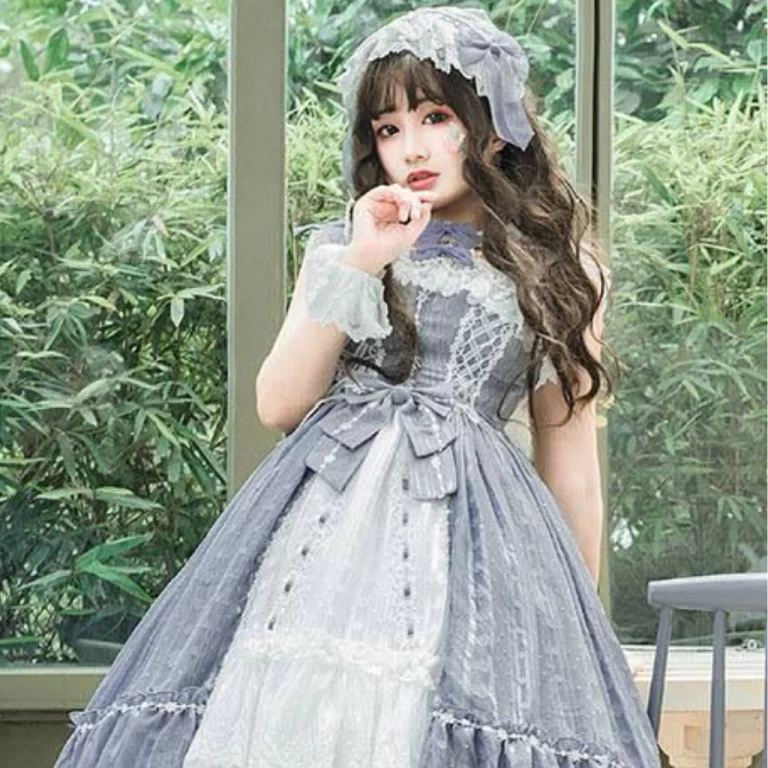
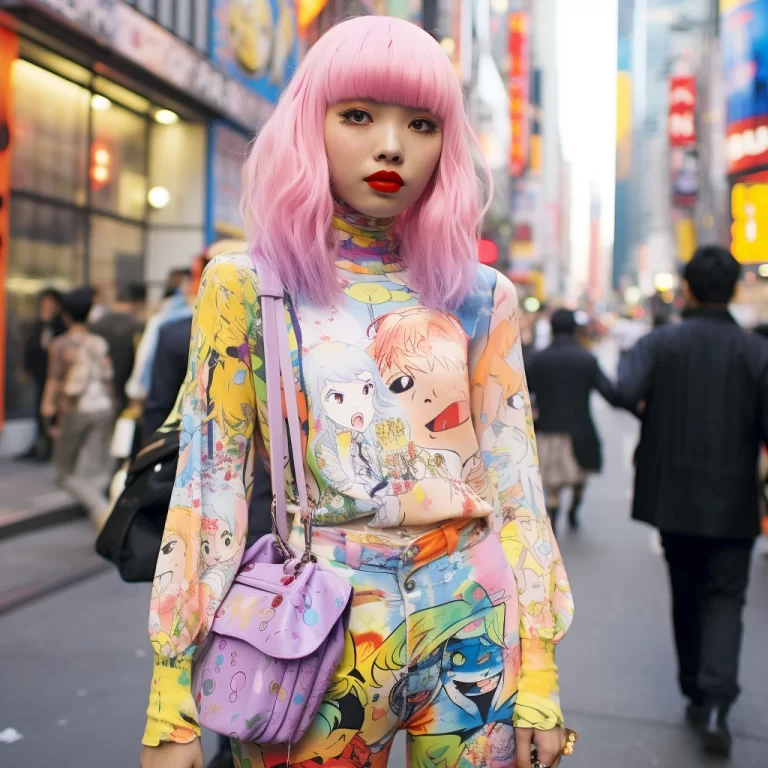
The Japanese term for cuteness is kawaii, and it means more than a word. The term has taken on the personas of cute and lovable. Kawaii has come to represent something or someone with no negative characteristics. It defines a society that celebrates all things charming.
Harajuku style is a subculture movement, including many different styles and groups. It is a fascinating subculture movement originating in fashionable districts. This post explores the history and recognizable Harajuku fashion styles.
Harajuku style is a famous fashion trend in Tokyo’s Harajuku district, characterized by its diverse range of styles, particularly among teenagers and young people. This subculture focuses on community and freedom of expression, allowing individuals to express their interests and connect with like-minded individuals.
Harajuku style is often seen as a rebellion against societal norms, with young people dressing up in fun and crazy styles to fit in. Despite debates, Harajuku styles remain a staple in Japanese fashion, allowing young people to express their interests and find like-minded individuals.
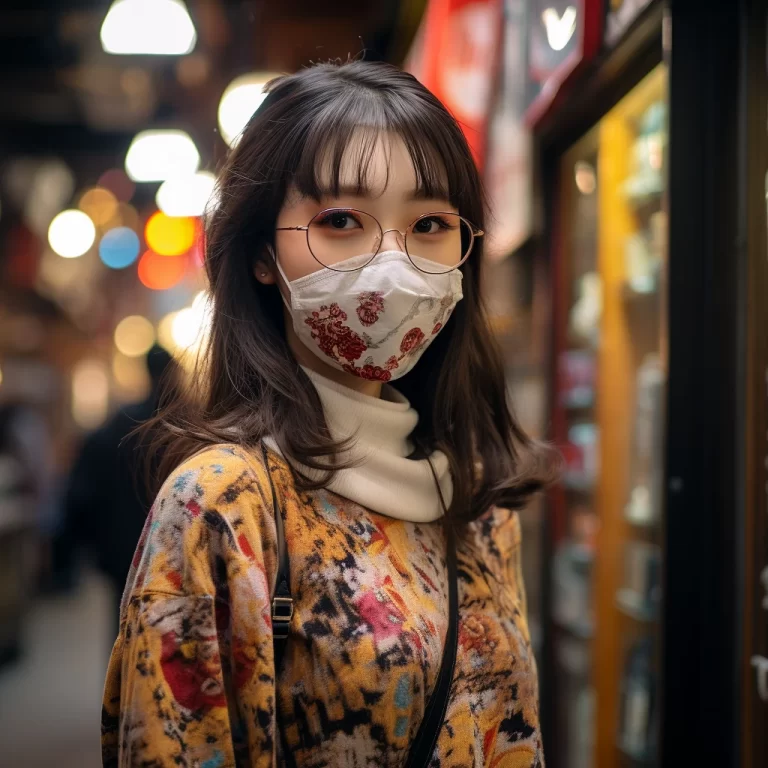
Harajuku fashion originated in Tokyo’s Harajuku district. The community gained popularity in the 1980s due to its street performers. They would gather on Sundays to play music and showcase their latest creations. This led to the development of the Hokoten brand.
The Harajuku district was famous for its creative style. It was a favorite gathering place for energetic young people. Harajuku fashion stayed popular because it welcomed many different creative styles from Japan. Harajuku fashion often uses bright colors and symbols from different places. Unlike mainstream fashion, where men were dominant, women led the Japanese style.
Harajuku fashion is different from regular fashion. It’s a street style that lets people express themselves through their clothing choices. The trend tries to break the rules. Teenagers are embracing Harajuku fashion and influencing what stores and brands offer them. Fashion on the streets now targets everyone, as many people want to buy luxury brands. To be a part of Harajuku fashion, you break the rules and choose what you like.
Lolita wearers aim to dress like living dolls, often wearing colorful outfits with wigs and headwear. There is a few subgroups. Let’s start with the most famous – classical, sweet, and gothic Lolita.
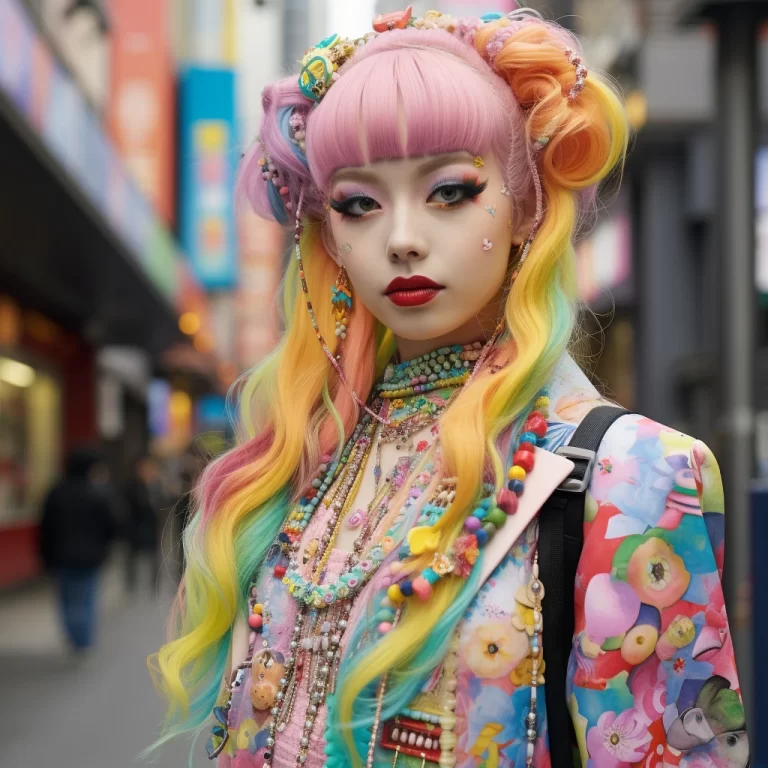
The Gyaru fashion style, from the word “girl,” is for guys and inspired by the West. It involves lighter hair and tan skin, aiming to appear more sexy and feminine.
Gyaru fashion has changed over time. Girls now have tanned skin, curly hair, light-colored makeup, and long, fake lashes. Women wear shorter skirts and decorate their nails. This trend became significant in Harajuku fashion. But some inappropriate elements became linked to Gyaru fashion. The concept of a rebellious and independent Gyaru started to become more accepted. Groups like Kogyaru, Shiro, and Onee Gyaru cater to men’s tastes, but they are all exaggerated
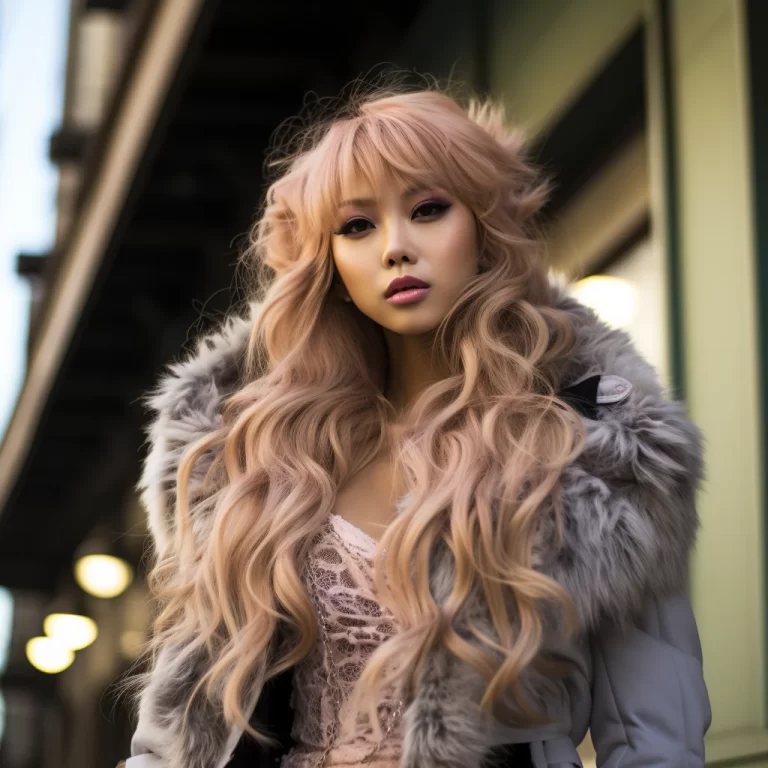
The main staple of mori fashion is its loose layers that hide the body shape, often referred to as “yurufuwa.” People like to wear clothes with embroidery, lace, and light materials. They often layer cardigans, vests, knit scarves, and shawls. Off-white color schemes, earth tones, natural tones, and floral colors are also used. The hair and makeup go well with the outfits, with popular choices like beige, gold, and pink eyeshadow, round blush, and thick, natural eyebrows.
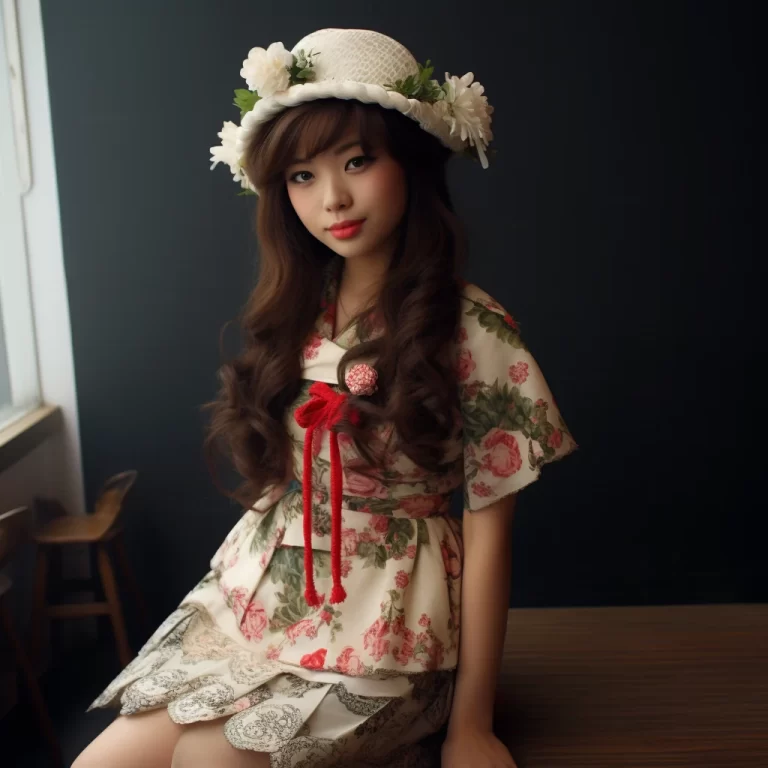
The term “visual” originated from X Japan’s album and gained popularity in the 1990s. Visual Kei bands, unlike Gyaru and Lolita, cater to girls in the Harajuku fashion style. These days, Harajuku fashion is a stylish and profitable industry. It experienced several advancements and modifications over time. Harajuku fashion’s history was also affected by other countries. This helped Japanese youngsters explore fashion in new ways. This trend keeps changing because many fast-fashion brands are
entering the market.
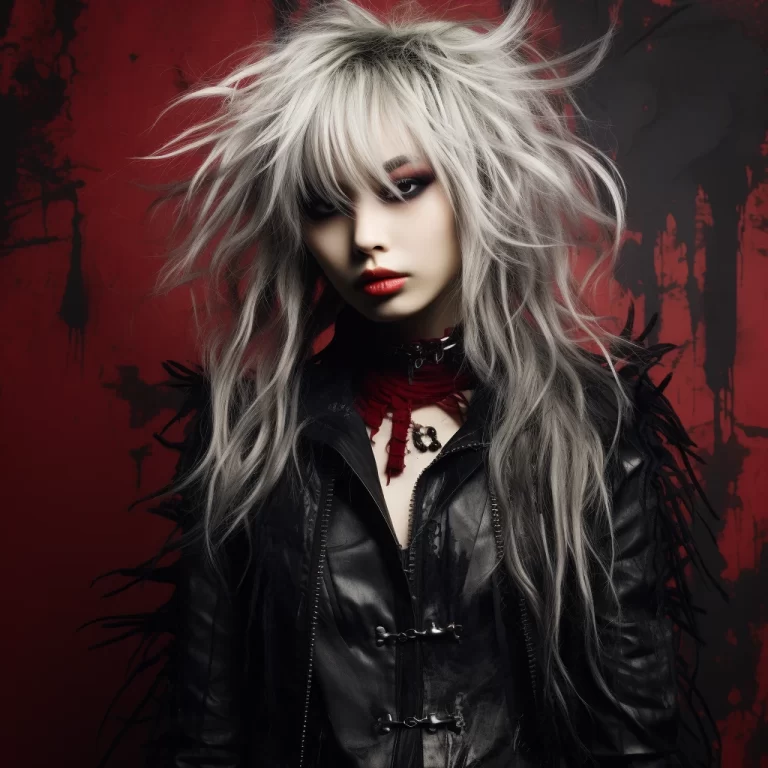
Harajuku fashion shows Japan’s colorful and varied culture. It lets people express themselves and be creative, changing over time to include many different styles that show different cultures and what people like. Even though it has changed and been influenced by the world, Harajuku fashion still represents Japan’s young people being creative and not following normal fashion rules. It has a big effect on fashion and culture and still gets people excited, both in Japan and all around the world.

